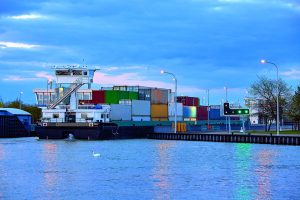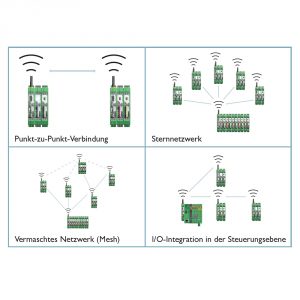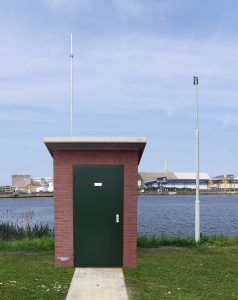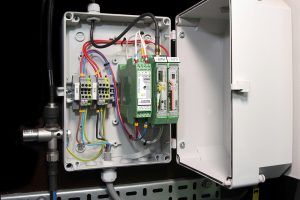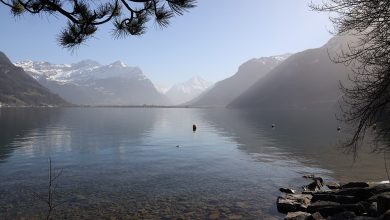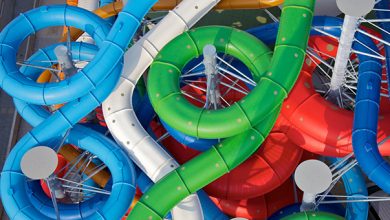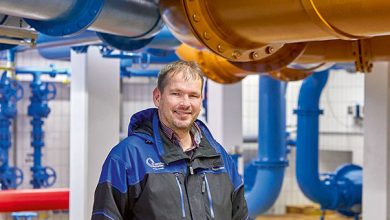The sea route from the North Sea to Ghent in Belgium is 32 kilometers long, 200 meters wide and illuminated on both sides. The control of the lighting system must be fail-safe and robust. Components from Phoenix Contact ensure that the helmsman does not lose his way.
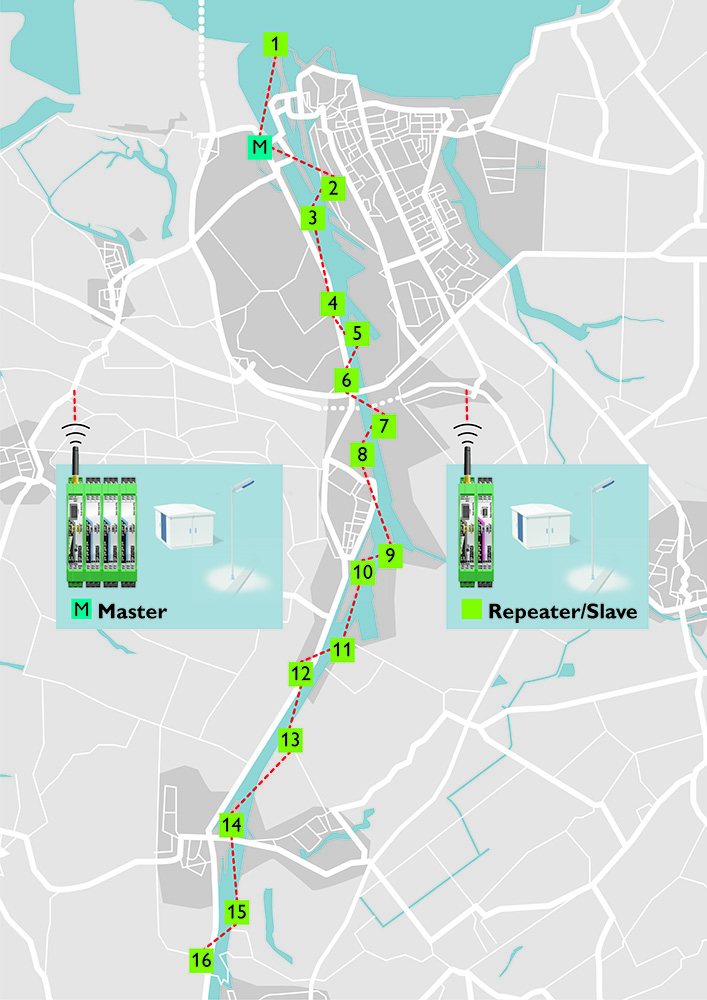
Anno 1549 the Sassevaart was inaugurated. This medieval artificial navigation route provided the connection from Ghent to the North Sea. Previously, the Zwin River was the sea route; however, it became increasingly silted up and impassable. The Sassevaart is the precursor of the canal from Ghent to Terneuzen in the Netherlands, opened in 1827, where the large sea lock leads the way into the Westerschelde and thus into the North Sea.
After Antwerp and Bruges-Zeebrugge, Ghent, of all places, located in the hinterland, is the third largest seaport in Belgium. The Ghent-Terneuzen canal, which has two locks in Terneuzen, is 32 kilometers long, 12.5 meters deep and 200 meters wide, which is why seagoing vessels with a cargo of up to 125,000 tons can navigate it.
Navigation to the hinterland
The route lighting, i.e. the bank lighting of the canal, proves to be an essential part of the technical infrastructure of a waterway. This means that captains, pilots and canal controllers can also clearly see the course of the canal route at night. In this context, an important requirement is that all lamps function independently of each other. If one lamp fails, this does not affect the operation of the other lamps. In addition, the voltage at each lamp must be constant – even in the event of strong load fluctuations. On the Gent-Terneuzen canal, 300 illuminated masts installed on both banks of the canal ensure the safe passage of ships even at night.
The Dutch company Istimewa Elektro B.V. specializes in the offshore, infrastructure, water and environment sectors. In 2016, Istimewa Elektro was awarded the contract to renew the lighting of the Dutch section of the canal. To better group the new LED luminaires, the company placed additional control boxes that were connected locally to the power grid. However, at the time there were no control lines to switch the lighting centrally as well as decentrally.
Wireless instead of cable
Due to the side ports, the length of the Dutch canal section is 26 kilometers. “Due to the considerable costs involved in laying control cables, we were faced with the challenge of finding a more cost-effective alternative solution,” explains Wilco van Genderen, working as project manager at Istimewa Elektro. “In the end, we chose the Radioline radio system from Phoenix Contact,” continues Max Verveer, technical engineer at Istimewa Elektro.
After the initial route planning by Phoenix Contact’s technical support staff, the optimum position of the radio modules and antennas was determined on site. This revealed that the control boxes for the lighting are sometimes positioned far away from each other and are shaded by obstacles such as trees or buildings. In this case, the modular Radioline system allows the use of different radio frequencies. Only with 868 MHz radio modules are these distances and the penetration of obstacles possible.
A total of 17 control boxes for switching the lighting are installed along the canal. The largest distance between two boxes is more than two kilometers. To transmit the control commands, one Radioline radio module is installed per control box in combination with an I/O expansion module.
Safety through repetition
Two lighting strands (north/south) are activated via each box. On the one hand, this is done automatically. But when it gets dark, it can also be switched manually by a bridge attendant or from the central control room in Terneuzen. “We use the radio network not only to control the lighting. It is also used to transmit various status signals from the bridges and locks to the control center,” explains Herman de Grave, a planner at Istimewa Elektro. Due to the redundant communication paths, the connection is interference-proof, so that even large ships, which can block the line of sight between the stations, do not cause a radio failure.
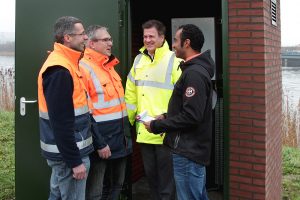
“The radio network has been in operation since April 2017. So far, there has been no outage – neither in fog or snow, nor with large passing ships,” Wilco van Genderen concludes.
In this way, modern radio technology makes the historic shipping route passable for generations to come.
